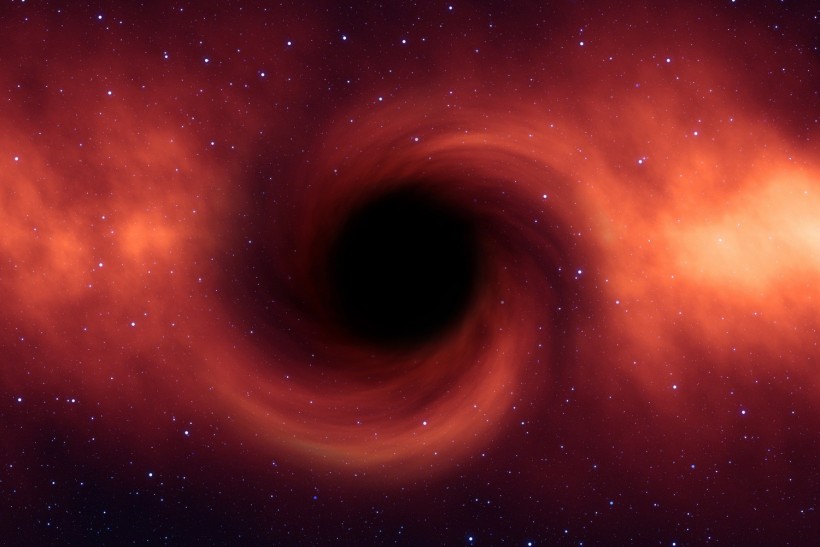Dancing black holes get close enough to merge quickly if they are located near a supermassive black hole. The researchers propose this new way of merging black holes in a new paper published in the preprint database arXiv. It employs a somewhat unique setup, but is far more generic than relying on a distant third companion.
How Blackholes Merge
When the black holes are close enough together, they will merge. After merging, the single hole undergoes a process known as ringdown, during which any shape distortions are released as additional gravitational waves.
According to Space.com, two black holes must be born close to one another as the offspring of a binary star system, or they must randomly collide in the depths of interstellar space. And once in orbit, they can stay there indefinitely, circling each other.
However, getting two black holes to collide is a difficult task. To bring two objects in orbit closer together, you must remove energy and angular momentum from the system. It is a difficult job because space is relatively frictionless. It happens all the time in planetary systems but usually involves the emission of radiation or the presence of gas. There is no such option for black holes.
Because gravitational waves are so weak, they can only pull energy and momentum out of a binary system when the two black holes are already very close to each other. It is called the final parsec problem.
According to the Astronomy website, black holes continuously circle one another, never getting close enough to merge. Since bringing two supermassive black holes closer than one parsec apart is challenging, astronomers refer to this issue as the final parsec problem.
According to some theories, supermassive black hole mergers can only occur when a third supermassive black hole is present, as when three galaxies merge.

Black Hole Galaxy
ALSO READ: Massive Black Hole May Have Done a 180-Degree Magnetic Flip in A 'Strange Explosive Episode'
How to Solve the Final Parsec Problem to Merge Black Holes
The study's authors found that there is a chance for a merger to occur if the binary is tilted relative to its orbit around the supermassive black hole. The orbital rotation axis of the binary pair must first precess, or wobble, over time. The central supermassive black hole's powerful gravity will routinely pull on the binary, increasing its eccentricity and raising the possibility of a final merger if the precession rate matches the orbital period around it.
But only if the orbit of the binary around the central supermassive black hole is precisely correct can that kind of matching occur, and that must be a fortunate coincidence.
The authors discovered that nature could handle that. Regardless of where the binary black holes are created, they will gradually move inward if they are in the supermassive black hole's disk.
Regardless of their initial orbit, they will eventually find a distance where their orbital period coincides with their precession period. The central supermassive black hole's gravity will have enough time to raise the eccentricity if they remain in that orbit for a sufficient amount of time.
The authors concluded that this situation is fairly typical. They found that binary black holes frequently merge by running numerous simulations of black hole characteristics and initial conditions.
It's not yet clear if this is the primary mechanism for mergers or if there are other methods. In any case, the work demonstrates how intricate black holes' lives can be and the various ways they can dance in the dark.
RELATED ARTICLE: ESO Captures a Star Ripped Apart by a Black Hole
Check out more news and information on Space in Science Times.














